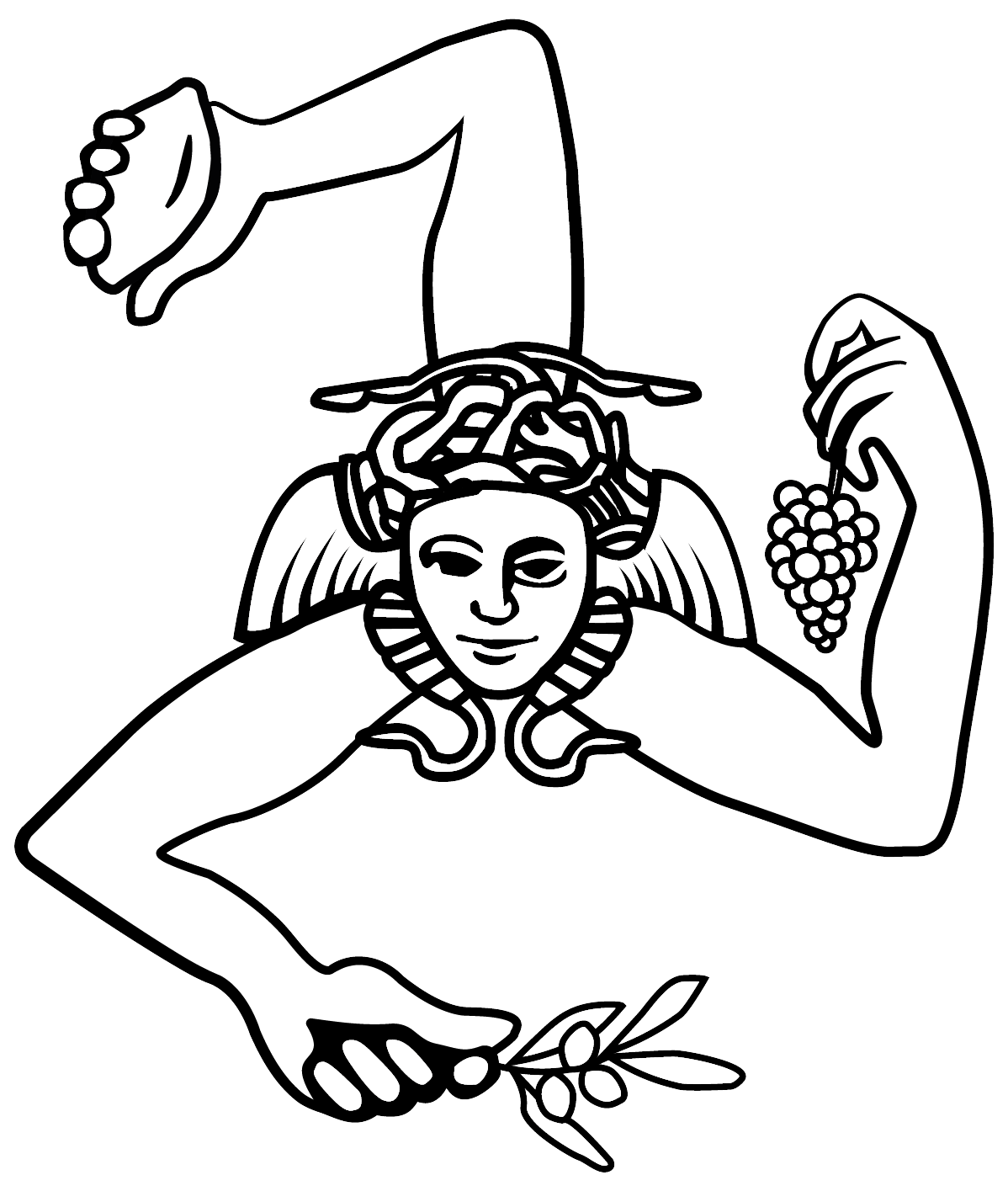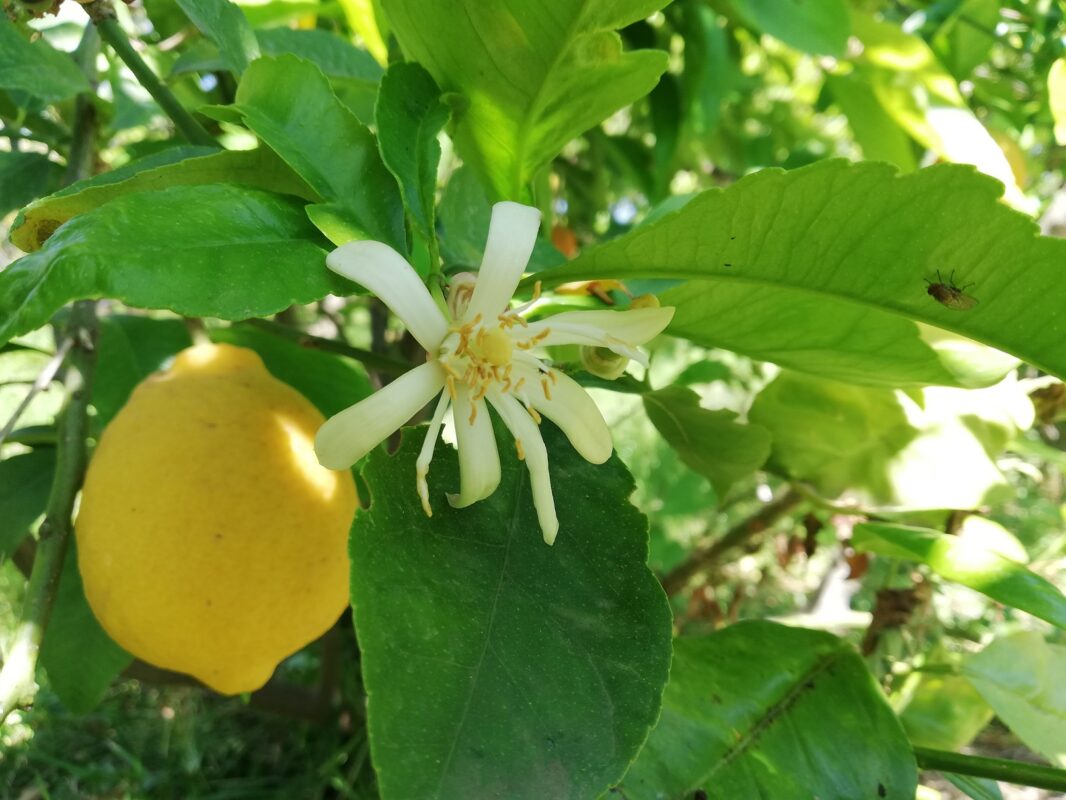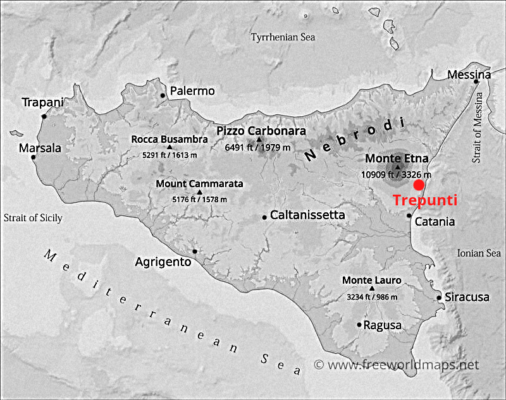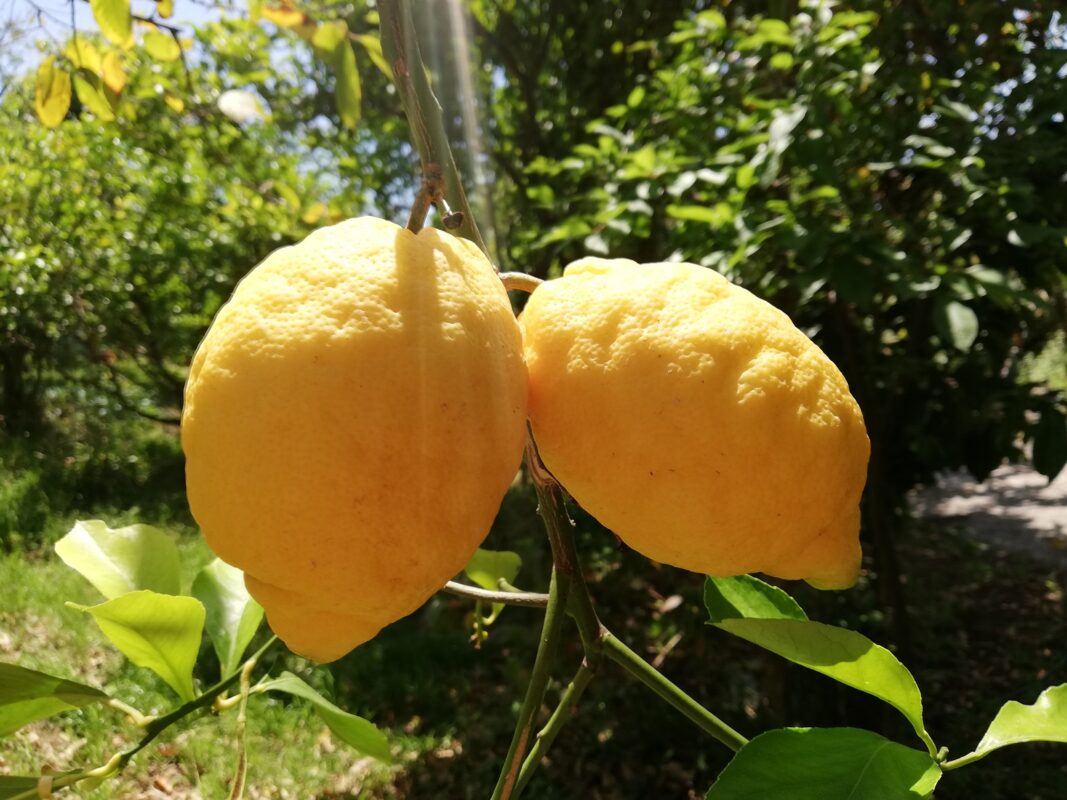
On Sicilian lemons
‘When life gives you a lemon, make lemonade!’
Here is how the cliche goes…
But now life gives you something better, the world’s finest lemon -Sicilian Lemon of Etna (in case you don’t know, Mount Etna is the tallest active volcano in Europe) from Sicily.
So the tune has to go, ‘
Now life gives you a Sicilian lemon, make limoncello!’
Can’t you feel it? Sicilian lemon is not just offering you the chilled refreshing drinks-lemonade to quench your thirst at a barbeque party. Sicilian lemon is summing up your satisfaction after a complete Italian meal, with limoncello, all in a bicchierini da shot (a little glass for shot).
With the bicchiere in hand, you are teleported to a little flowery Italian garden with grape vine hanging and birds chirping against il cielo azzuro (the blue sky).
A lesson from Sicilians
Food is life in Italy. Pasta, wine, cheese, olive oil… But wait, we are not touching any of these. Today let’s twist it a bit from the standard Italian gourmet list. I will teach you something more advanced – the art of using lemons.
First, let’s settle once and for all that Sicilian lemons are one of the finest in the world, you can tell by its terroir, by its fragrance, size and colour. With this ground clear, we can move on to the Sicilian kitchen.
A bit of history
Sicily has such a long history of lemon cultivation. Thanks to one of the invaders in history, Muslims, the Arabs. In the 9th century, they brought lemon and other citrus to the island where they paved the way for the new crops to cultivate in the rich-mineral soil. Despite the change of rulers, the fruits flourished and remained to this date as the world’s top producers of lemons. The Mediterranean climate, sunny hot days and cold nights, wedded with the rich volcanic soil contributed by Mount Etna, lavishes the Sicilian lemon a unique sweet taste and aroma which is very difficult to find anywhere in the world.
Sicilian lemon is everywhere in the Sicilian kitchen.
It is not surprising to see a lemon tree or two in the backyard of a Sicilian household. Sicilian lemons are essential.
You might need it right at the start of preparing some dishes, e. g. artichoke which you will immerse the cut artichokes into lemon water to prevent oxidation. But we are going to talk about the real use of Sicilian lemons as ingredients.
8 classical Sicilian ways with lemons
1. Marmellate di limone (Collazione)
Let’s start the day with the fragrance of lemon- Marmellate di limone for breakfast. Lemon marmalade with cornetto (croissant), cakes or toast is fantastically refreshing in the morning or anytime. A pinch of bitterness from the lemon zest gives a kick to the sweet marmalade which the SIcilians call it ‘aromastico’
2. Pasta al limone (Primo)
This is a surprising dish of pasta for the first course. Cooking spaghetti with lemon juice, butter and parmesan cheese. The lemon juice and zest freshen up the buttery cheesy sauce. An unexpected match!
3. Salamarigghiu (Condimento per il secondo)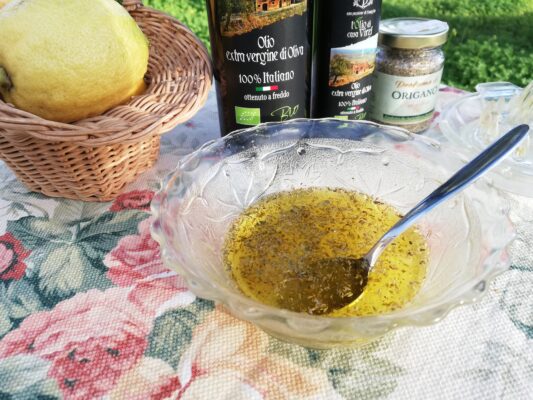
This super Sicilian dressing with simple ingredients- fresh lemon juice, olive oil, oregano, salt & pepper is the all-time protagonist because it is just too good to couple with a lot of things, fish, stir-fry veggies, chicken, beef, pork, you name it.
4. Polpette al foglio di limone (Il secondo)
This is not strictly the use of lemon but its leaves. Meatballs wrapped with lemon leaves baked or grilled. My first time having Polpette al foglio di limone was unforgettable, the soft, almost-melting-in-the-mouth meatballs scented with lemon leaves.
5. Crema di pasticceria (Il dolce)
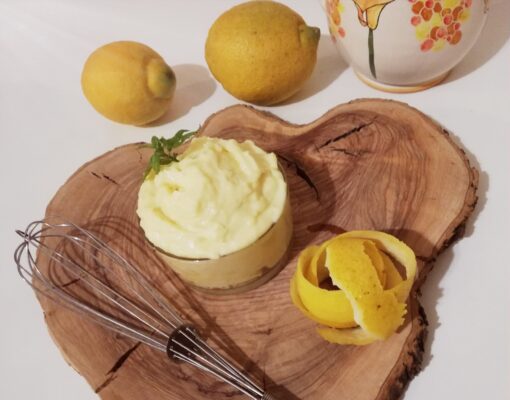
After a complete Sicilian tradition meal including il primo and il secondo (first and second courses), a bit of dessert is essential. A classical elegant dessert is Crema di pasticceria (pastry cream) where the lemon peel is the protagonist to this cream. The cream scented with the aroma of Siciian lemon will
6. Limoncello
In a Sicilian household, a collection of liquors in the cabinet is almost obligatory. You never know when a friend might drop by some day in the evening. What is better than offering a sip to impart your hospitality. Limoncello, made with Sicilian lemon, with the unique pleasant fragrance, is among one of those. Also, it is a digestive liquor which sometimes, with or without friends, you will need a sip.
7. Acqua con la buccia di limone (con miele)
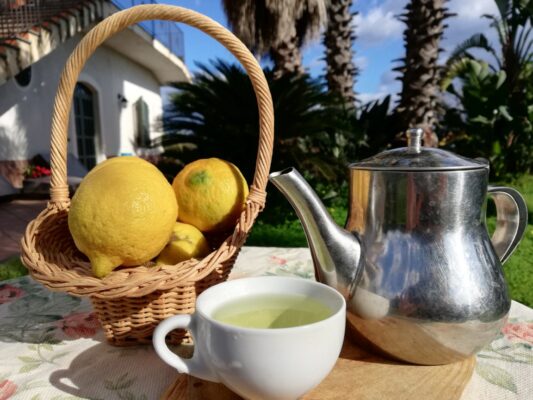
To boil water with lemon peel is a traditional evening tisane in a Sicilian household especially after a feast to ease the stomach. The home remedy is not limited to lemon peel tea but with variations with lemon juice with honey. The latter is more for a cold, to arrest it from the start while the former is to soothe the stomach after a heavy meal.
8. Granita al limone
Granita al limone is a famous sorbet-like dessert.
It is hard to place it during the day since you can take it as breakfast, a very popular dessert in summer at the bars (café), or an afternoon snack to quench the heat during high summer. The tartness of the lemon gives a gentle kick to the smoothness of the granita.
One more tips – a delectable use of lemon
This is a list on how to use a Sicilian lemon. Of course, the list does not end here. There is another use of lemon you must know-Profuma di limone. The essential oil from Sicilian lemon is used to produce perfume. During the blooming season, the lemon scent is just in the air in our lemon grove. Just strolling will lift your mood for the rest of the day. The scent of Sicilian lemons is uniquely Sicilian. It is so iconic that even Dolce & Gabbana has lemon perfume in their fruit collection. Naturally lemon inspires Dolce & Gabbana because they are from Sicily. The elaborate prints and vibrant flowers are unmistakable.
Wear lemon fragrance on you, get inspired in the kitchen and live a dolce vita!
Other than traditional uses, there are other uses for health purposes which we will explore in another article.
